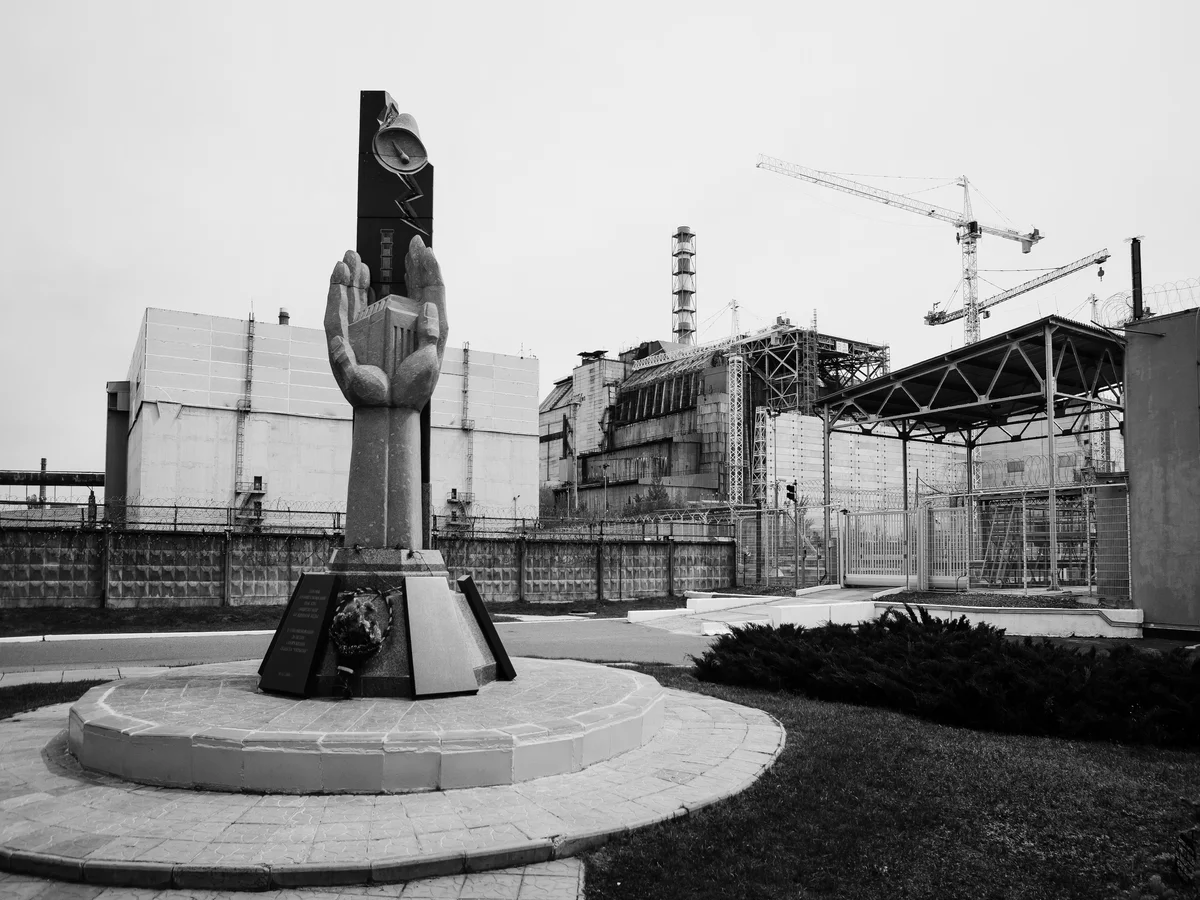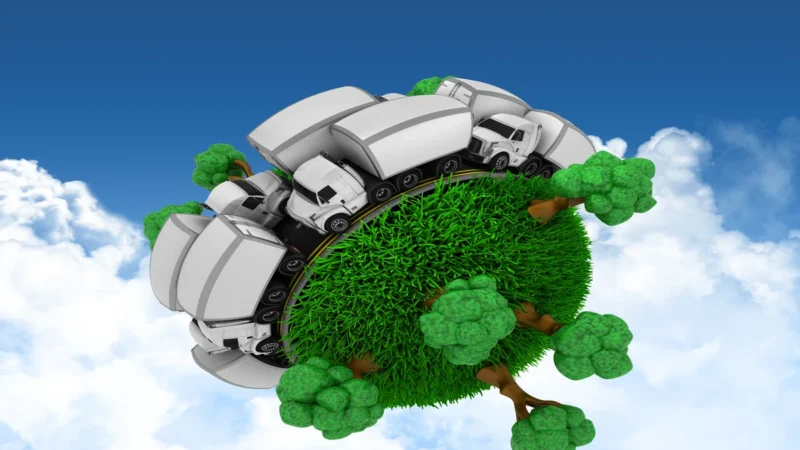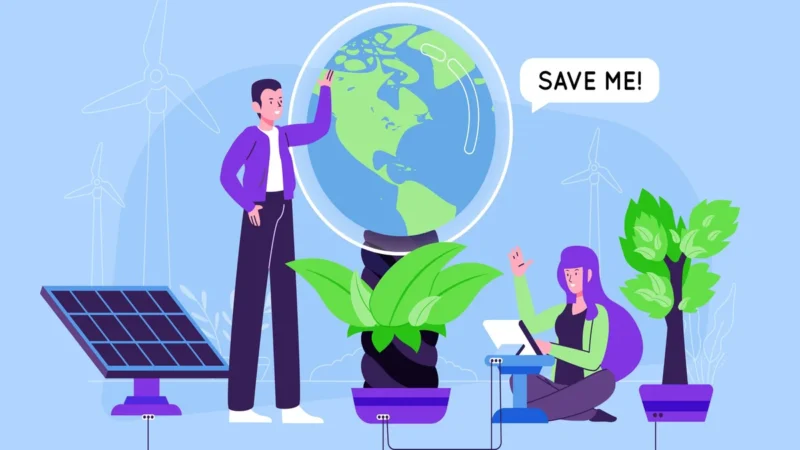History of Industrial Revolution: Causes and Consequences

The Industrial Revolution was a pivotal period in human history, marked by significant advancements in manufacturing, agriculture, and technology. Spanning from the late 18th to the mid-19th century, this revolution brought about profound changes in society, economy, and culture. In this article, we will delve into the history of the Industrial Revolution, exploring its causes, key developments, and far-reaching consequences.
I. Pre-Industrial Era and Catalysts for Change
- Agricultural Revolution: Shift from subsistence farming to more efficient methods, leading to increased food production and population growth.
- Enclosures and Consolidation: Enclosure Acts in Britain led to larger, enclosed farms, forcing rural laborers into urban centers.
- Population Growth: Growing population provided a substantial labor force necessary for industrialization.
- Natural Resources: Abundance of coal, iron, and waterways in Britain provided a favorable environment for industrial expansion.
II. The First Industrial Revolution (1760-1840)
A. Mechanization of Textile Industry
- Invention of the Spinning Jenny (1764) and the Water Frame (1769) revolutionized cotton textile production.
- Introduction of the power loom (1785) and the cotton gin (1793) further accelerated textile manufacturing.
- Factory System: Concentration of production in large factories, replacing cottage industries.
B. Steam Power and Transportation
- Invention of the steam engine by James Watt (1769) revolutionized industrial power, providing an alternative to water and animal-driven machinery.
- Steam-powered locomotives and steamships enabled faster transportation, facilitating trade and connecting distant regions.
C. Iron and Steel Industry
- Introduction of coke smelting in iron production replaced charcoal, leading to the mass production of iron.
- Iron and steel became essential for the construction of machinery, bridges, railways, and buildings.
III. The Spread of Industrialization
A. Diffusion to Europe and North America
- British technological advancements gradually spread to other European countries and North America.
- Belgium, France, and Germany emerged as industrial powerhouses, adopting their own variations of the factory system.
B. Impact on Society and Labor
- Urbanization: Rapid migration from rural areas to cities led to overcrowding, poor living conditions, and the emergence of slums.
- Factory Conditions: Long working hours, low wages, and hazardous environments led to the rise of labor movements and trade unions.
- Child Labor: The exploitation of children in factories spurred social reform movements to protect their rights.
IV. Second Industrial Revolution (1850-1914)
A. Technological Advancements
- Steel production techniques (Bessemer process) and electricity-powered machinery fueled industrial expansion.
- Inventions such as the telegraph, telephone, and the internal combustion engine transformed communication and transportation.
B. Global Expansion and Imperialism
- Industrialized nations sought new markets and resources, leading to colonialism and the scramble for territories.
- Industrialization spread to countries like the United States, Japan, and Russia, propelling them to global prominence.
V. Consequences of the Industrial Revolution
A. Economic Transformations
- Capitalism and Free Market Economy: The Industrial Revolution laid the foundation for modern capitalism and the concept of private ownership.
- Economic Growth and Wealth Creation: Industrialization spurred economic prosperity, increased productivity, and the accumulation of wealth.
B. Social and Cultural Changes
- Urbanization and Social Stratification: Industrial cities gave rise to social classes, with the wealthy bourgeoisie and a burgeoning working class.
- Technological Advancements: Innovations in transportation, communication, and manufacturing revolutionized daily life.
C. Environmental Impact
- Pollution and Environmental Degradation: Rapid industrialization led to air and water pollution, deforestation, and resource depletion.
Key Takeaways:
The Industrial Revolution fundamentally transformed society, introducing mechanization, technological advancements, and economic shifts that continue to shape the modern world. It accelerated globalization, changed the nature of work and labor relations, and left a lasting impact on the environment. By understanding this historical period, we gain valuable insights into the complexities of industrialization and its ongoing influence on our lives.
FAQs about the Industrial Revolution
What is the Industrial Revolution?
The Industrial Revolution refers to a period of significant industrial, technological, and social change that took place from the late 18th to the mid-19th century. It marked a transition from manual labor and agrarian economies to machine-based manufacturing and urbanization.
What were the causes of the Industrial Revolution?
Several factors contributed to the Industrial Revolution, including the Agricultural Revolution, population growth, the availability of natural resources (such as coal and iron), and advancements in technology and machinery.
What were the key inventions and developments during the Industrial Revolution?
Important inventions and developments during this time include the spinning jenny, water frame, power loom, steam engine, steam-powered locomotives and ships, iron and steel production techniques, and the Bessemer process for steelmaking.
How did the Industrial Revolution impact society and labor?
The Industrial Revolution had profound effects on society. It led to urbanization, as people moved from rural areas to cities in search of work. It also resulted in the rise of factory labor, poor working conditions, and the exploitation of workers, which in turn led to the formation of labor movements and trade unions.
What were the consequences of the Industrial Revolution?
The Industrial Revolution brought about significant economic transformations, including the rise of capitalism and the creation of wealth through increased productivity. It also led to social and cultural changes, such as the emergence of social classes and advancements in technology that transformed daily life. However, it also had negative consequences, including environmental pollution and degradation.
How did the Industrial Revolution spread globally?
The Industrial Revolution initially began in Britain and then spread to other European countries, North America, and eventually the rest of the world. Technological advancements, trade networks, and colonialism played significant roles in its global diffusion.


